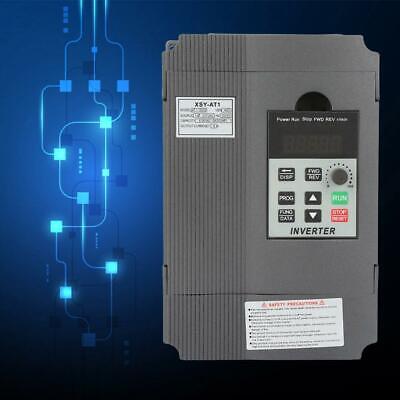- Joined
- Mar 25, 2020
- Messages
- 108
Looking to power a 3 phase 2 HP lathe with a 3 HP VFD. Selected the 3 vs 2 HP VFD to lower the load stress on the VFD. Planning to run the VFD off a disconnect from the main panel and disconnect it 90% of the time e.g. when the lathe is not in use or going to be used within a few hours. Not planning to shut the VFD off if I take a run to grab lunch or the store. Output of the VFD direct or through a disconnect or plug to line wiring for the Lathe. Not planning to use the VFD for speed control, soft starts etc. Just power to the lathe.
Is this a reasonable approach?
What wear and tear on and electrical usage from the VFD if I simply leave the VFD on all the time (anticipating the lathe runs a few hours weekly)?
What abuse to the VFD with me cycling and interrupting the load while the VFD is in a constant supply mode?
How involved to make use of the frequency control and soft start features of the VFD?
PM1340 3PH to https://www.automationdirect.com/ad...equency_drives_(vfd)/general_purpose/gs3-23p0
Is this a reasonable approach?
What wear and tear on and electrical usage from the VFD if I simply leave the VFD on all the time (anticipating the lathe runs a few hours weekly)?
What abuse to the VFD with me cycling and interrupting the load while the VFD is in a constant supply mode?
How involved to make use of the frequency control and soft start features of the VFD?
PM1340 3PH to https://www.automationdirect.com/ad...equency_drives_(vfd)/general_purpose/gs3-23p0





